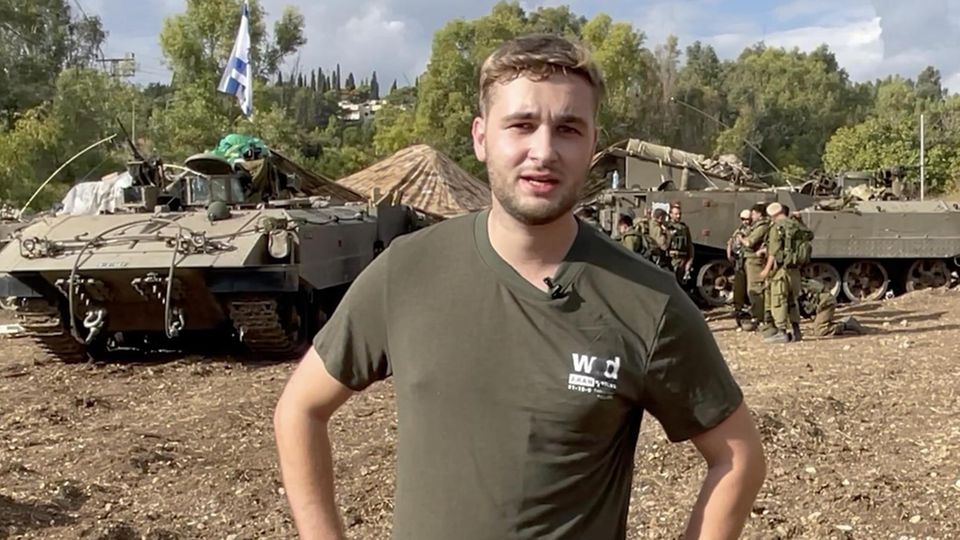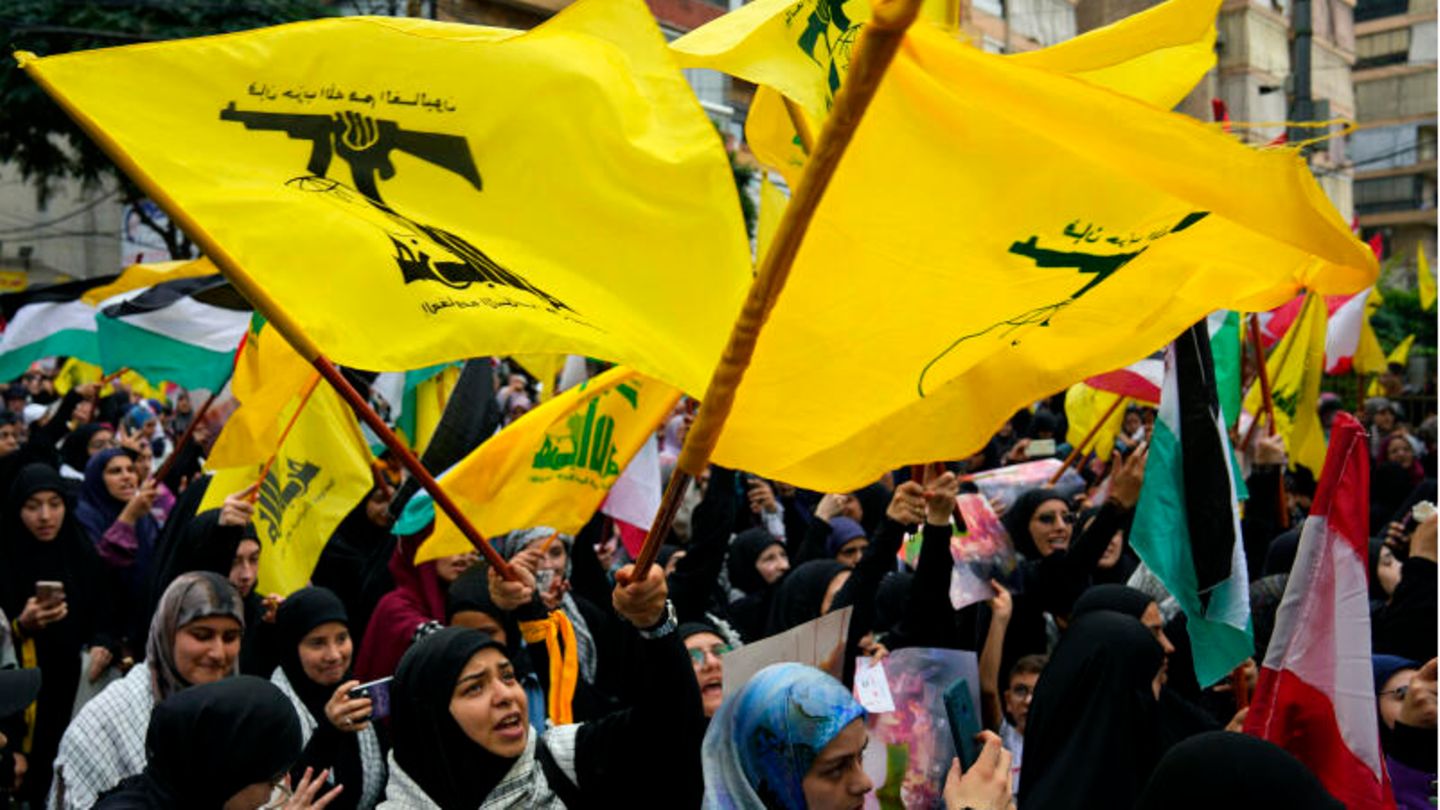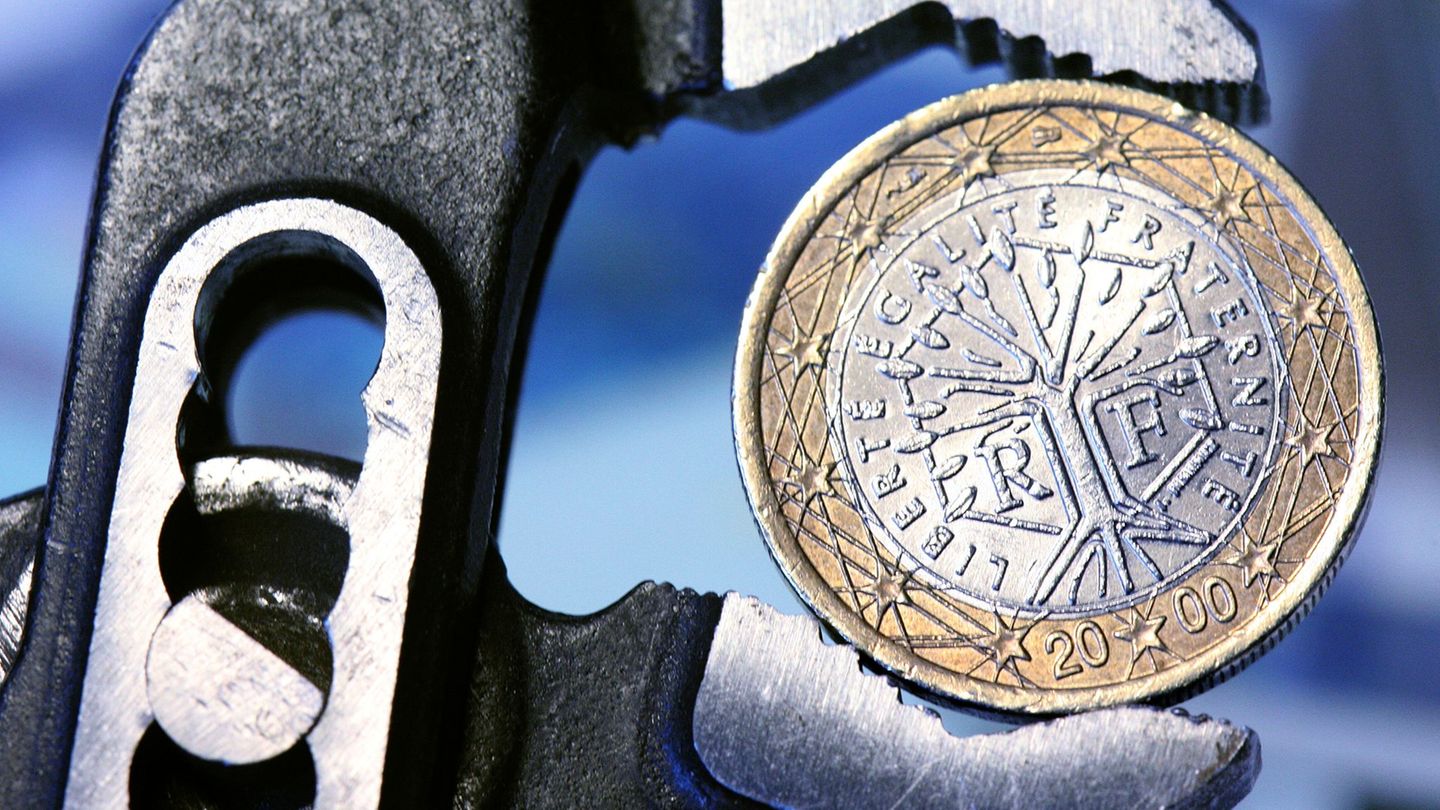Easily explained
After the deadly rocket attack on the Golan Heights, Israel blames the terrorist group Hezbollah. A two-front war is looming. But what exactly is Hezbollah?
Note: This article is from October 2023 and was updated after the Rocket hits the Golan Heights republished.
Social movement, political party and radical militia: the Lebanese Hezbollah is not easy to grasp. For years, the Shiite movement enjoyed a high reputation among the population of Lebanon, but the attacks and hostage-taking it has carried out have placed it among the group of violent extremist organizations.
Hezbollah, which is allied with Iran and Hamas, has repeatedly waged war against Israel. Internationally, there is growing concern that the powerful militia is forcing the Israeli army to open a second front in the war against Hamas.
Radicals join forces to form the “Party of God”
Hezbollah (German: Party of God) was founded during the Lebanese civil war in 1982 as a union of Shiite militias. The Iranian Revolutionary Guards played a central role in its founding, supporting Hezbollah with trainers and weapons in the following years. Hezbollah’s Islamist ideology was also strongly influenced by Iran.
Shortly after its formation, the group attracted attention with several serious attacks on the US embassy in Beirut and the international troops in Lebanon. Since then, a number of other attacks have been attributed to it, including the attack on the Jewish cultural center in Buenos Aires in 1994. In the 1980s, Hezbollah took Western foreigners hostage and murdered several of them.
Hezbollah is also controversial in Lebanon
Hezbollah gained widespread support among the impoverished Shiite population in the capital Beirut and in southern Lebanon through its network of social institutions. It also earned respect among the Lebanese population when it forced the Israeli army to withdraw from Lebanon in 2000.
Hezbollah has been represented in several cabinets of the government in Beirut, but it is also controversial in Lebanon. Its opponents accuse it of being the extended arm of Iran and Syria. The assassination of former Prime Minister Rafik Hariri in 2005, which was allegedly carried out by the Syrian secret service and Hezbollah, caused a deep crisis. The protests that followed forced Syria to withdraw its troops from Lebanon.

“The situation is tense”: Stern reporter reports explosions and gunfire on the border with Lebanon
01:10min
Hezbollah lost a lot of support when it intervened in the Syrian conflict on the side of Syrian ruler Bashar al-Assad in 2012. Many Lebanese resented its actions against the Syrian opposition. Protests in Lebanon in 2020 were also directed against Hezbollah, which many people blamed for the social misery in the country.
Huge firepower – reportedly up to 200,000 missiles
Militarily, Hezbollah reorganized itself after its war against Israel in 2006 and began “to gradually expand and improve its military capabilities,” says expert Eva Koulouriotis. The militia is now said to have up to 200,000 rockets of various ranges, including Soviet Katyusha and Grad rockets as well as Iranian Shabab rockets. There are also Iranian drones, including Shahed-136 drones that Russia uses in Ukraine. In 2021, Hezbollah itself stated that it had over 100,000 fighters.
Since Hamas’ major attack on Israel, there have been repeated clashes in southern Lebanon on the border with Israel, fueling international concern that the war will spread. A second front in the north of the country would be a major problem for Israel. Compared to Hamas, Hezbollah is “bigger, more financially powerful, more professional, more battle-tested, better equipped and better armed,” says military expert Lucas Webber.
Source: Stern
I have been working in the news industry for over 6 years, first as a reporter and now as an editor. I have covered politics extensively, and my work has appeared in major newspapers and online news outlets around the world. In addition to my writing, I also contribute regularly to 24 Hours World.




